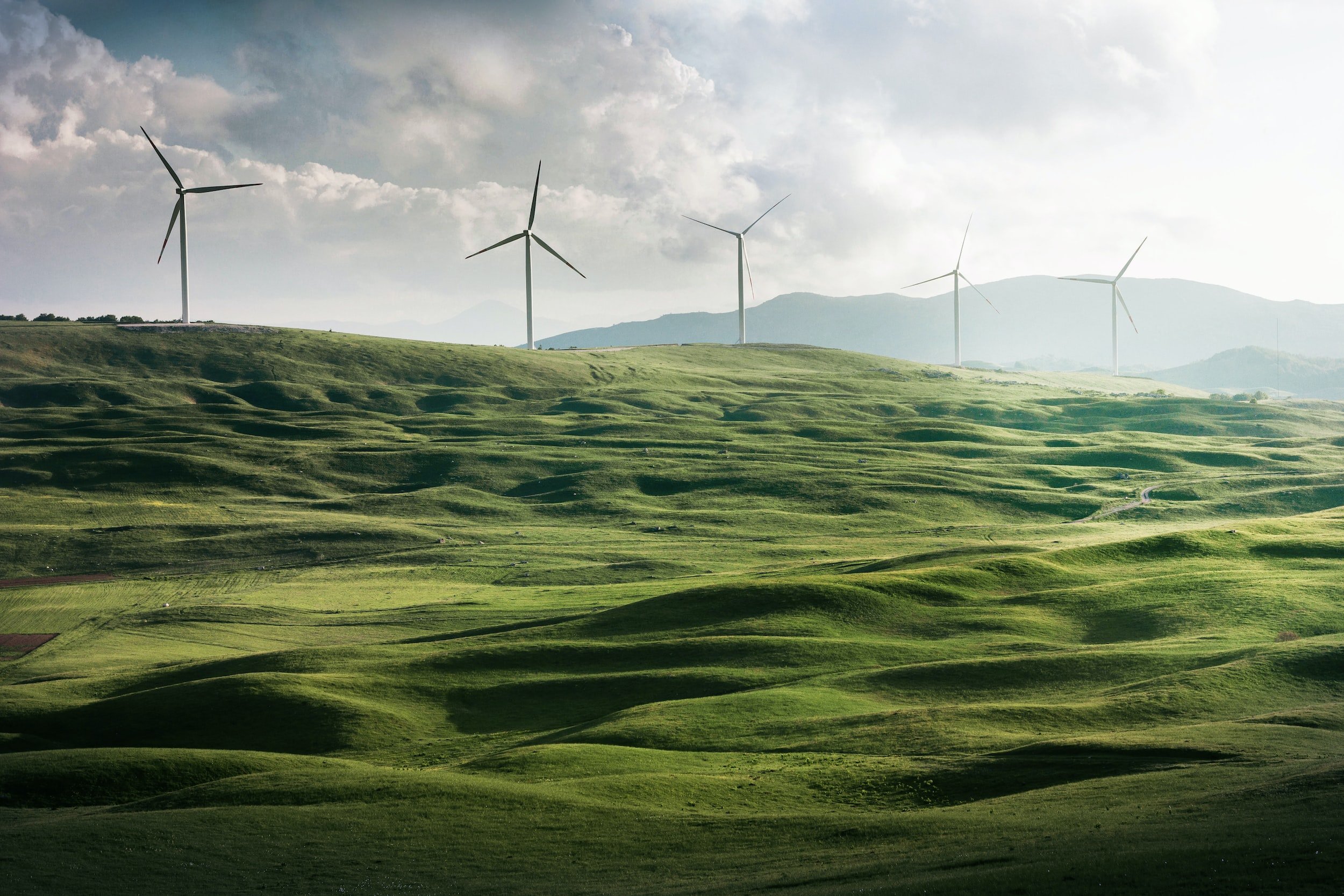
All Articles
What Do Recycling Symbols Actually Mean?
Recycling symbols – they’re everywhere. But do they actually indicate whether something is recyclable? Not necessarily…
How To Recycle Plastic Bags, Wraps, and Films
Plastic packaging plays a tremendous role in the mass production of consumer goods; it’s relatively inexpensive to produce and it keeps things clean and dry throughout the production process. However, despite the usefulness of plastic packaging, it’s one of the most common pollutants in the environment…
Why Wishcycling Does More Harm Than Good
In theory, recycling is simple: if something has the “chasing arrows” symbol on it, it’s recyclable, right? Not necessarily…
What Are Recycled Fabrics Actually Made From?
Fashion companies are realizing that there’s a growing number of customers looking for sustainable products. As a result, recycled fabrics are becoming more common. But it may surprise you to learn that most recycled fabrics are not actually made from recycled clothes…
How Textile Recycling Works
When you send textiles off for recycling, you’re helping divert valuable resources from the landfill. But if you think that your old clothes are simply shredded and turned back into new clothes, think again; textile recycling is not so straightforward…
How To Recycle Old Clothes and Other Fabrics
When clothes and other textiles have no more life left to live, what do you do with them? Recycling your old clothes (and other fabrics) is the best way to keep existing textiles out of the landfill, where they take up space, release methane, and leak toxic chemicals into the ground…
What Is Zero Waste?
There are a lot of environmental concerns associated with the waste we humans produce. Air pollution, water pollution, land degradation, and wildlife endangerment are just a few of the side effects caused by trash on the environment. Reducing waste, therefore, is a key tenet of living a green lifestyle…
What Happens to Trash in Landfills?
Like plants and animals, all products have a life cycle. Some products can be reused or recycled, minimizing their environmental impact. But eventually, a lot of what we humans consume gets tossed into the garbage. Out of sight, out of mind…
How Landfills Work
Humans generate a lot of waste. From getting take-out to buying something new – trash is an inevitable byproduct of modern civilization. But have you ever wondered about what happens to trash once it leaves your home…
How to Properly Dispose of Cooking Oil
Oil is a key ingredient in the kitchen, especially for making fried delicacies. So whether you’re an avid home cook or just like to indulge yourself from time to time, you may find yourself with more leftover oil than you know what to do with…
Are Compostable Plastics Actually Compostable?
With plastic pollution as one of the biggest concerns facing the environment today, it’s no surprise that more sustainable alternatives are being sought after. Biodegradable and compostable plastics are touted as an alternative to their conventional counterparts…
The 7 R’s and the Hierarchy of Waste Management
You’ve probably heard of the 3 R’s: Reduce, Reuse, Recycle. That’s the bones of the hierarchy of waste, which, while effective, is lacking in some of the nuances of waste management. That’s why we prefer to reframe it as the 7 R’s: Rethink, Refuse, Reduce, Reuse, Repair, Recycle, and Rot.












